With an exhibition on Indian art forgeries opening today, we ask the experts behind it on what to know before investing in art
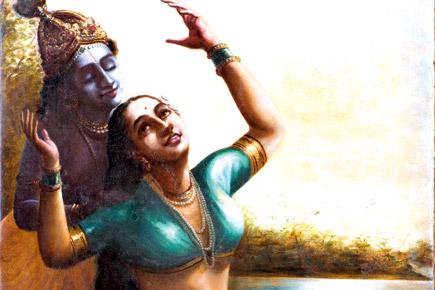
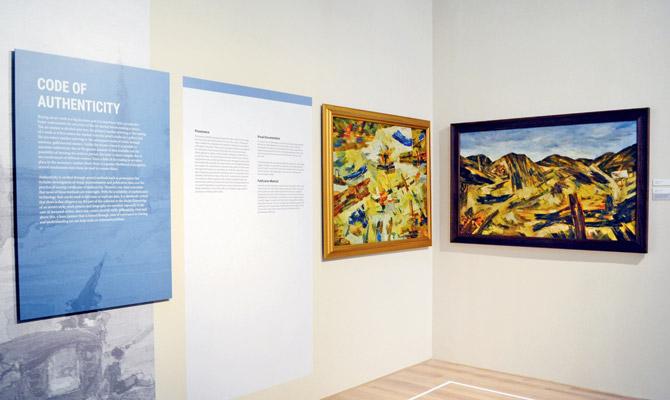
Likeness Without Reference: Cultures of forgery invites audiences to undertand the practice of forgery. Pic/Sneha Kharabe
ADVERTISEMENT
While art forgeries in real life are not half as glamorous as the TV series White Collar (or nearly as dashing as Neal Caffrey), they are as hazardous — to the artist, the quality of art, and the art market's sellers and collectors. Con jobs in the art world come with a great deal of specialisation and study, sometimes no less than that of the master artist, says Vaishnavi Ramanathan, the curator of the exhibition, Likeness Without Reference: Cultures of forgery, at the Piramal Museum of Art, Lower Parel.
"With the boom in the Indian art market, the forgery market has grown simultaneously. It is a pertinent time to bring up the subject therefore," says the Chennai-based curator of the exhibition that opened today.
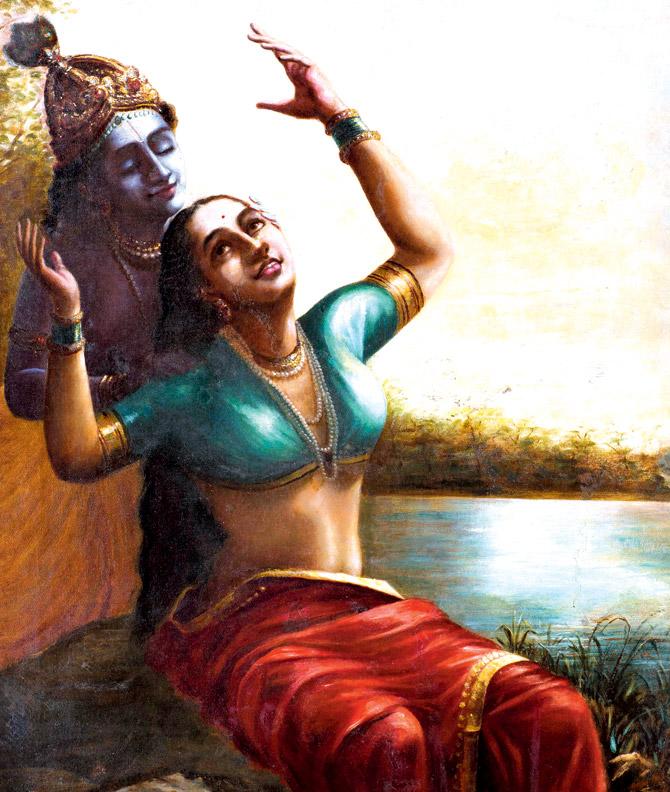
Radha-Madhava by Raja Ravi Varma. On the subject of this artist, the exhibition highlights how his works are among the most copied in the country. Pics/PirAmal Art Foundation
The unique educative exhibition brings together over 50 antiques and modern art, some of which are of questionable nature. For those of us who think that the Indian art market is insulated from the kind of fakes that are rampant internationally, Ashvin Rajagopalan — the director of Piramal Museum of Art — says that is not the case. "We suspect that the Indian art market sees as many cases of forgeries but these go unnoticed due to the lack the expertise and the knowledge in India," he explains.
We ask Ramanathan and Rajagopalan to share five things that collectors ought to do to spot the fake from the original:
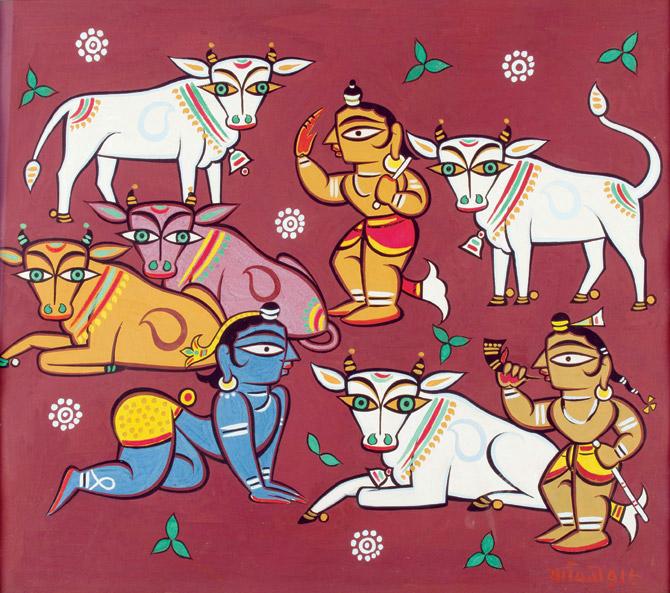
An untitled tempera on board by Jamini Roy
Train your eye: Ramanathan stresses the importance of "due diligence" to spot a fake. "Collectors need to read up about artists, visit museums and go through catalogues," she says, adding that it is better if collectors focus in-depth and increase the knowledge base that way rather than cast their net wide. Works by Raja Ravi Varma, for instance, can undergo a scientific study of pigments to establish whether they are fake or not.
Forgery is all-encompassing: Do the works by India's Modernists see more forgery than the antiquities? Not so, says Rajagopalan. "Forgery is not determined by the age, nature of the work or the subject. It is driven by current market interest in a particular work or artist," he elaborates. Ramanthan elucidates that most forgers produce copies in the spirit of defiance, an act of rebellion. "Husain and Souza, owing to their method of painting, are easier to copy than a Gaitonde. Gaitonde's technique was time-consuming and, therefore, a lot harder to replicate," she says.
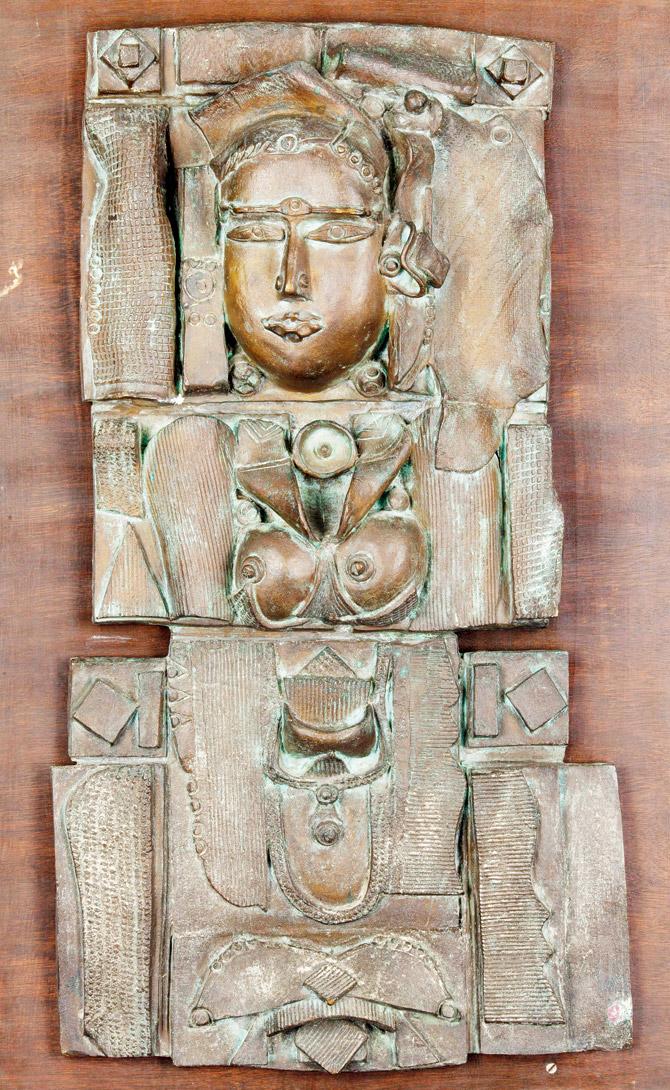
An untitled 2006 sculpture by Laxma Goud. Both artists made multiple editions of their works. Roy's works fall short of clear documentation, unlike Goud's
The notion of originality is tied up with forgery, especially with the traditional arts where the workshop-model was practised. "Tanjore paintings are a living art tradition. Forgers achieve an antiquated look by often removing a few precious stones and gold leaves from a new Tanjore painting. But, they make sure that the painting is defaced only at the edges to make sure that its market pricing is not affected," she says.
Ask for documentation: With artworks that can be purchased either from primary (from an artist or a gallery) or secondary sources, the provenance of a work is of due importance. A certificate of authenticity usually accompanies artworks on sale these days, but Ramanathan advises caution even so. There have been cases where works have been attested by scholars and critics, only to be revealed as fakes decades later. And better to be safe than sorry, Rajagopalan advises, as specific laws against art forgery do not exist inâu00c2u0080u00c2u0088India.
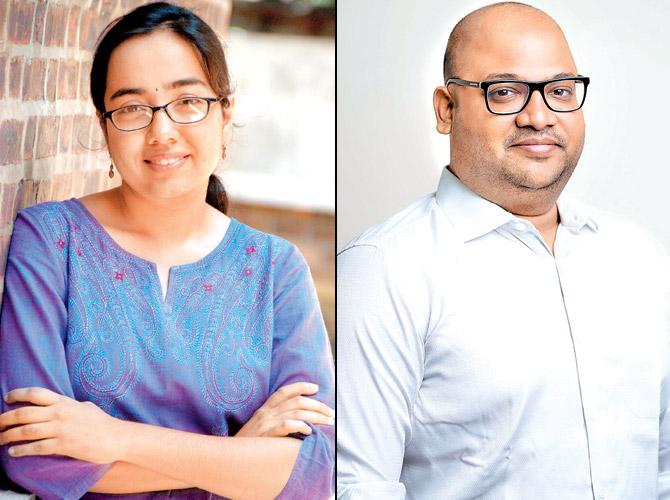
Vaishnavi Ramanathan, curator and Ashvin Rajagopalan, director, Piramal Museum of Art
It's not always fake: Lastly, ask the suspicion radar to calm down. Ramanathan evokes the case of Gaitonde's early sketches, made during his college days. "An attendee at the Sir JJ School of Art had saved these sketches, which later made their way into the art market. Since the works were atypical to his known body of works, there were doubts regarding its authenticity. But these are very much genuine," she says.
When: Until March 31, 11 am - 8 pm (weekdays); 10 am - 10 pm (weekends)
Where: Piramal Museum of Art, Peninsula Corporate Park, Lower Parel
Visit: www.facebook.com/PiramalArt
 Subscribe today by clicking the link and stay updated with the latest news!" Click here!
Subscribe today by clicking the link and stay updated with the latest news!" Click here!






